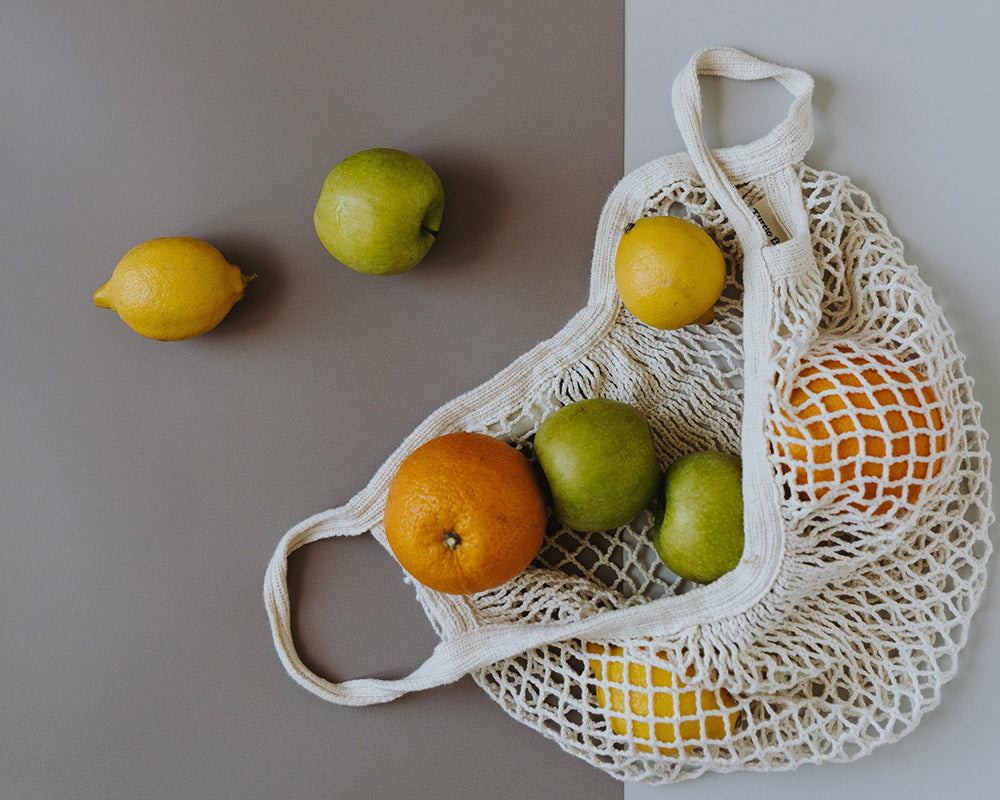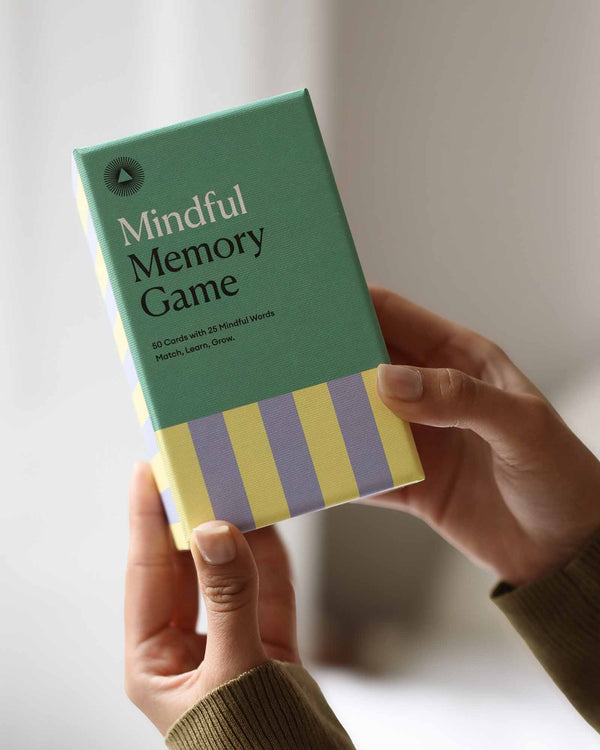How to Become a Responsible Consumer
by Intelligent Change
In the name of the upcoming Earth Day, let us rethink our own sustainability practices by committing to live more consciously and mindfully.
In this article, we’ll guide you through some of the basic principles of sustainable thinking and briefly remind you of some of the most important sustainability practices you can implement in your everyday life.
Things to Consider Before You Shop
What do you do to rationalize your shopping process? Do you undertake certain steps to prevent yourself from unnecessary, impulsive purchases? Also, how do you evaluate whether the product is the right one to buy?
To mark the Earth Day, we decided to sum up a couple of questions and steps you can take to make sure you’re making smarter and more sustainable purchasing decisions.
1. Do You Really Need That?
Mass production is our century’s middle name. Clothes, food, tech, furniture, accessories, plastic, plastic, plastic. The mass production of stuff and the proliferation of marketing makes us feel overwhelmed and stimulates the fear of missing out when we don’t purchase new goods.
This is how mass production and over consumption may create fictional needs that are difficult to distinguish from true needs.
That’s why we invite you to think twice the next time you’re about to purchase something new: do you really need that, or is shopping a substitute for something else?
2. If You Do Need It, How Much?
The desire to have an endless number of (purchasing) options is so inherently human, as it gives us a sense of control over our circumstances, so we often try to resist any kind of constraints on this kind of freedom. Why only have one pair of sunglasses, when we can have two, three, or four all slightly different in color or shape?
This is what Fred Hirsch, an established American scholar, calls the tyranny of small choices– saying yes to more options at all times, only to become overwhelmed by the number of options, along with not really needing most of the chosen options.
Also, is purchasing 5 plastic toothbrushes that you’ll have to throw away at some point for $10 truly a more affordable choice than getting two wooden ones for $8 that will serve you longer, are healthier to use, and are biodegradable?
Higher quantity doesn’t necessarily (if ever) mean a better deal. It’s the quality that counts.
3. Postpone the Purchase Decision & Use Wish Lists
In this sea of choices, we might easily fall into the unnecessary purchase trap. The sea of choices, the expiring discount deals, and weekly flash sales all create this atmosphere of pressure and anxiety. To combat this unpleasant state of being, we recommend postponing your shopping decision.
The best way to do this is to make “wish lists”. In our experience, at least 70% of what ends up on the wishlist gets deleted as unnecessary. Sometimes when you let the ideas and new information sink in for a bit, you start rethinking your choices and eliminate what isn’t necessary.
4. Become a Responsible Shopper
If your intent to purchase has already passed the first couple of filters and you’re still eager to get a new thing, now is the perfect time to reconsider your sustainability practice as a shopper, and evaluate whether it needs improvements.
Is this product made of recyclable and ethically sourced materials?
If this product breaks, will I be able to reuse it, or do I need to throw it in the trash completely?
Even if the product isn’t reusable, have I done everything in my power to discover whether there are some alternatives?
Why We Need Responsible Shopping Habits?
Everything we purchase–food, clothes, stationery, and other everyday objects–creates a massive carbon footprint. You may think that “organic waste simply dissolves,” but that’s not quite true either. Growing, farming, processing, transporting, storing, preparing, and disposing of the food we eat produces enormous amounts of carbon emissions.
The textile industry is another major polluter, not only in terms of the environment: mass production brands are some of the greatest human labor exploiters currently operating on the global market.
The textile and food industries are just some of the most prominent examples of unsustainable mass industries, however, the same principle applies to nearly all types of products. You don’t have to get an electric car if you can’t afford one, but you can get a car that uses bio-diesel, or opt for a hybrid option. Also, by checking the declaration on each brand’s product, you can discover more about the materials used for production.
For example, here, at Intelligent Change, we are committed to selling only plastic-free products and packaging, sourcing natural and 100% recycled and biodegradable materials.
Luckily, as consumers are becoming more and more aware of the consequences of mass production and consumerism, they are increasingly motivated to put their money where their beliefs are, which in turn is changing the industry for the better. In practice, that means that a lot of brands in a variety of industries are committing to sustainability, ethical sourcing, ethical wages, and a plethora of other policies that are more mindful of the environment. That, in turn, gives you even more options as a consumer.
To help you evaluate your sustainable shopping practice, we’ve created this responsible shopper’s checklist. Is there anything from this list you haven’t been practicing so far that you could add to your sustainability practice?
Responsible Shopper’s Checklist
- Choose local food retailers over supermarkets and farm-to-table restaurants to reduce food miles and support the local economy.
- Choose ethical fashion brands that pay their workers fairly.
- Read each brand’s declaration closely before opting for purchase to discover which brands are more environmentally friendly than others.
- Invest in pre-owned clothes instead of purchasing new mass-produced pieces.
Wrapping It Up
Changing our habits can be challenging. However, living more sustainably isn’t just a “goodwill” act. It is a change in mindset, habits, and lifestyle which requires hard work and self-awareness.
This planet is the only home we have, so let’s stand in solidarity and do everything in our power to preserve it.
For further information about daily sustainability practice, take a look at our daily sustainability guide.









